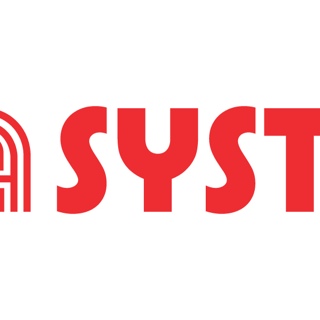Information
-
Customer
-
Site Address
-
Post code
-
Site Number
-
Date of Inspection
-
Inspected by
-
Site reference (if applicable)
Preventative Maintenance and Safety Check
-
Risk assessments and method statements must be carried on all sites to ensure that the risk of injury or fatality is eliminated to users or members of the general public as a result of system design
The Provisions and Use of Work Equipment Regulation (PUWER) requires that Powered machinery is regularly maintained every six months.
MAINTENANCE PROCEDURES -
Regular preventative maintenance helps to prolong the system and will conserve reliability.
During each Planned Preventative Maintenance service SCCIA shall perform the following work:
· Check and record the equipment, its condition and oil levels
· Take photographs of the equipment to highlight problems and to aid reporting of defects
· Compliance assessment - Carry out a survey to highlight any areas of concern and offer appropriate recommendations for improvement
Note: If the gate system is deemed to be unsafe, then SCCIA shall switch off power and issue a Condemned letter as per Health and Safety Executive, GATESAFE and Door and Hardware Federation advice and guidance as the liability of a unsafe gate rests with the last person to service the system
Gates
-
Type of Gate
-
Width of gate (mm)
-
Height of gate (mm)
-
Type of frame and infill
-
Gap <20 >100......?
-
Hinge Type
-
Locking type
-
Details
-
Closer fitted
-
Description
-
Operation of gate by......List Equipment (PTE, Fob, Intercom etc)
-
Condition of gate leaf
-
Rectify if possible or detail required works
-
Condition of hinges
-
Grease hinges
-
Lock alignment ok?
-
Rectify if possible or detail works
-
Check all operating equipment and locks?
-
Rectify if possible or list defects and issues if unable to
-
General condition of gates, such as paint, posts etc
-
Does gate(s) require finger trap covers
-
Any other comments or Work required?
-
Full front view
-
Full rear view
-
Side view (left hand)
-
Side view (right hand)
-
Control and Access Equipment
-
Lock and closer
Overall condition and Sign Off
Overall condition / Performance of system / additional information
-
Any additional comments
-
Any additional photos
-
Defects (list defects that need attention)
-
Recommendations (list items you would recommend)
-
Engineer
-
Client representative (if available)
-
As the person in control of the gate, you have a legal duty of care to users and visitors to the premises (including trespassers).
If the gate is not safe, any party injured by the gate is likely to be able to sue for damages.
If you have insurance covering such risks, your insurance contract is likely to oblige you to disclose any material facts to your insurer including, in such case that the gate is not considered safe.
If the gate is part of an undertaking, the person in control of it will have additional duties under Section 3 of the Health and Safety at Work Act 1974.
If the premises are also a workplace, there are specific duties under the Regulation 18 of the Workplace (Health, Safety and Welfare) Regulations 1992, as well the general duty imposed by Section 2 of the 1974 Act.
Failure to meet the duties imposed by health and safety legislation can result in criminal proceedings in line with the possibility of unlimited fine at Crown Court.











